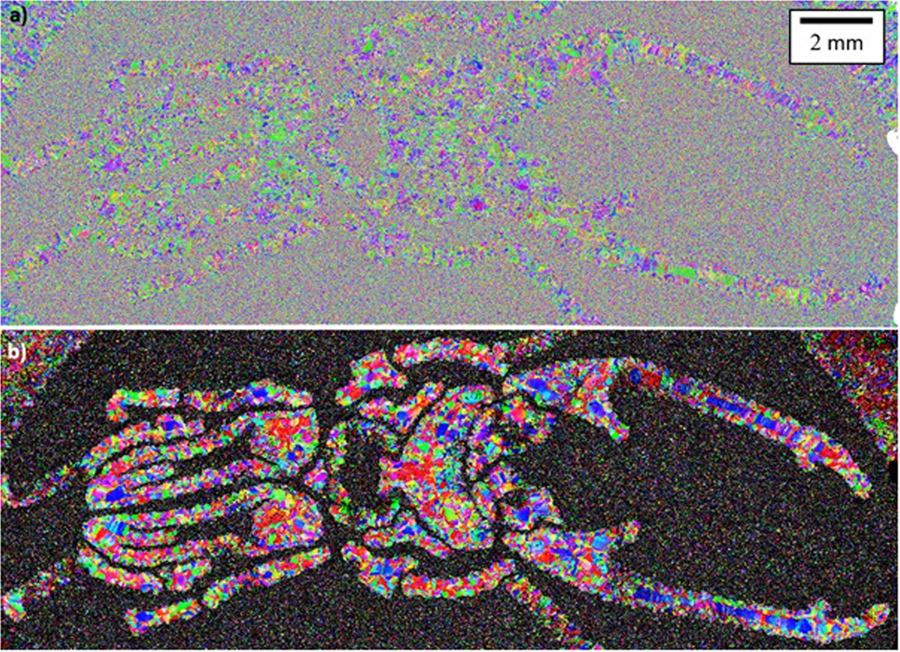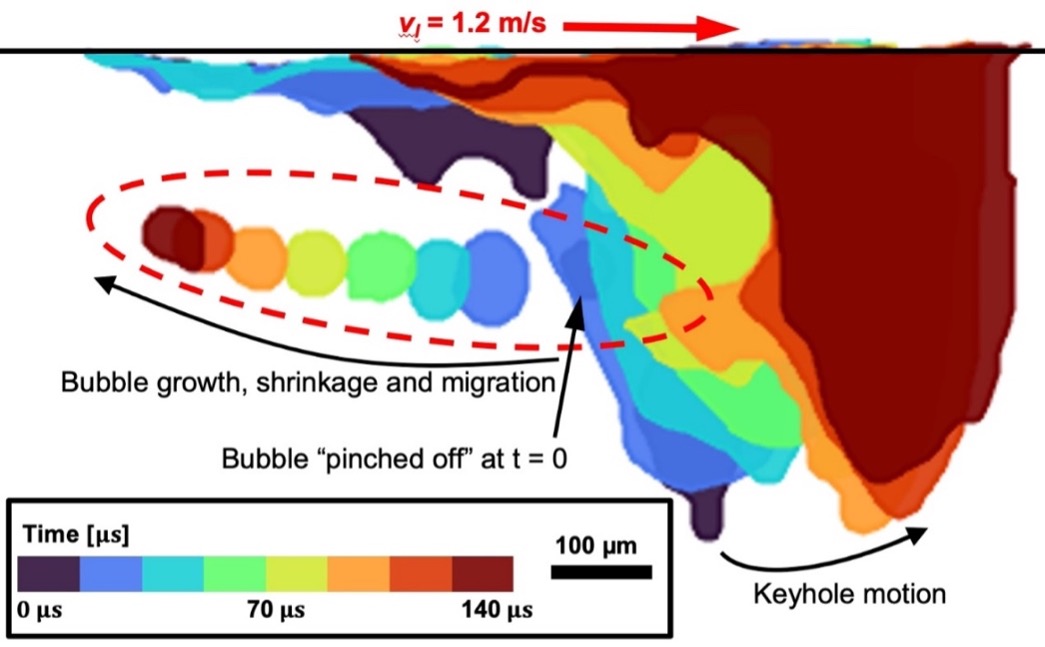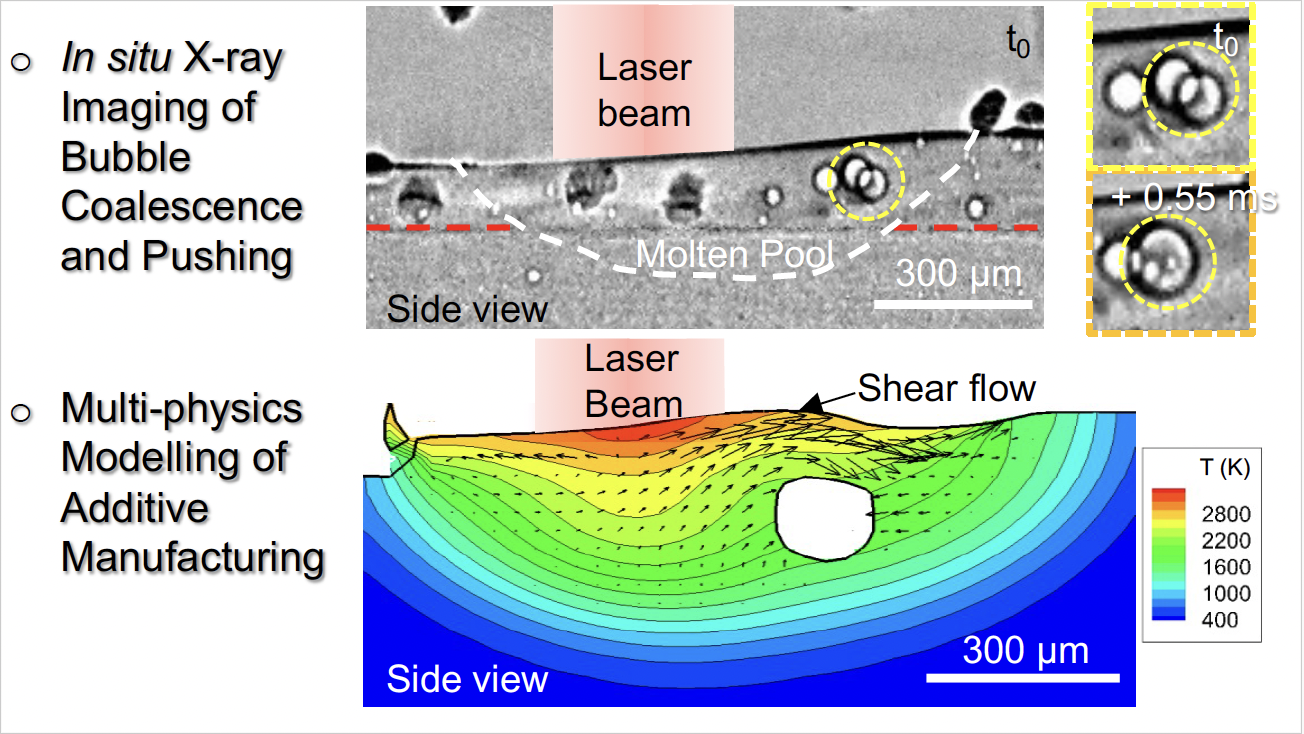All Publications /
Publications:
Additive manufacturing titanium components with isotropic or graded properties by hybrid electron beam melting/hot isostatic pressing powder processing
08 / 05 / 19
Publication: Scientific Reports
Authors: Hernández-Nava, E., Mahoney, P., Smith, C. J., Donoghue, J., Todd, I., Tammas-Williams S.

This paper presents a novel methodology of processing titanium powder (Ti-6Al-4V) using a combination of electron beam melting (EBM) additive manufacture (AM) and hot isostatic pressing (HIP) processes.
HIP is used to create components with fine homogeneous microstructures. HIP processing uses cans that are welded to create a preform skin, which is then filled with powder to densify components to be HIPed. Finally, the skin is machined off to reveal the component beneath.
EBM is an AM process that creates near net shape components using metal powder that is fully melted by a concentrated beam of electrons.
The methodology discussed in the paper involves using EBM AM to generate a hollow preform filled with sintered powder, before HIPing to full density.
The authors report on the microstructure and mechanical properties of Ti-6Al-4V produced by this hybrid approach to manufacturing and contrast them with Ti-6Al-4V manufactured by standard EBM techniques.
The methodology has the following advantages:
- Improving production times by manufacturing skin and filling with powder simultaneously.
- Improved yield and ultimate tensile strength when compared to standard EBM processed material
- An ability to generate material with site-specific properties and graded and/or homogeneous microstructures
- A decrease in build time - enhancing the commercial viability
- Avoids directional microstructures associated with variation of final properties of the product
Hernández-Nava, E., et al. Additive manufacturing titanium components with isotropic or graded properties by hybrid electron beam melting/hot isostatic pressing powder processing. Sci Rep 9, 4070 (2019) doi:10.1038/s41598-019-40722-3. Creative Commons Attribution 4.0 International License
More:
Publications
-

-
X1 Case Study B (UCL)
Impact of powder oxidation during additive manufacturing
Investigators: Prof Peter Lee
Researchers: Prof Chu...

